Tang Court is on the first floor of the Langham Hotel in Tsim Sha Tsui on Kowloon. It gained a Michelin star in 2009, a second in 2010 and the ultimate third star in 2016. The name of the restaurant refers to the Tang dynasty in China, which was over a millennium ago. The head chef is Kwong Wai Keung, who first joined the Langham in 1988 and worked his way up to being the hotel’s executive chef in 1994. From 2008 he has had a broader role as executive chef for the group’s hotels worldwide. There is a carpeted floor so noise levels are low, and the tables, covered with white linen, are well spaced. The dining area is actually split over two levels, the room being decorated with silks and modern art.
The cooking style is Cantonese, and today I tried a special menu that had been put together by a local friend and food expert who has dined here many times, in order to showcase the very best that the kitchen could offer. The regular menu offers a set menu at HKD 1,280 (£125), a tasting menu at HKD 980 (£96) as well as an extensive a la carte selection stretching over twenty pages. Appetisers were priced from HKD 180 to HKD 480, seafood and pork dishes typically around HKD 400 though there was obviously quite a variation given the huge number of menu choices. Desserts were mostly in the HKD 55 to HKD 65 range, with coffee at an ambitious HKD 65 (£6.37).
The wine list ranged quite widely around the world, with some well-chosen growers. Sample wines included TerraVin All That Jazz Pinot Noir 2011 at HKD 600 for a bottle that you will find in the high street for HKD 165, the excellent Hermitage Guigal 2007 at HKD 800 compared to its retail price of around HKD 435, and the lovely Chateau Musar 1999 at HKD 970 for a bottle that, if you could find this vintage these days, would set you back around HKD 280 in a shop. Naturally there were grander labels too, such as Leeuwin Chardonnay Art Series 2007 at HKD 1,800 for a bottle that retails at around HKD 580, Kongsgaard Chardonnay 2011 at HKD 2,640 compared to its retail price of HKD 1,000, right up to prestige bottles such as Haut Brion 1990 at HKD 22,000 for a wine that will set you back about HKD 6,200 in a wine merchant.
The meal began with some appetisers: pickled ginger came with marinated garlic and burdock root with a sweet chilli sauce. This was harmless enough, though the vinegar used to pickle the ginger was quite strong, so this had the effect of overpowering the rest of the nibbles (12/20). This was followed by a trio of offerings: barbecued pork, rice paper rolls prepared with XO sauce and sesame sauce, and black cod that had been smoked and glazed with honey syrup, then fried. The cod had a crisp coating and the sweetness of the honey was pleasant, the pork was fine but the rice paper rolls were rather limp in texture and were a touch salty (average 13/20).
The meal finally got going on a higher gear with the next course, sautéed prawns garnished with crab roe and accompanied by a puff of crab meat and golden fried pork. The shellfish were good quality, sweet and accurately cooked, the puff was reasonably crisp and the crab and pork worked well together (15/20).
This was followed by stir-fried lobster with spring onions, red onions and shallots. The lobster was served partly in its shell so was not the easiest thing to eat, but it was tender and the assorted onions were a simple but pleasant accompaniment (14/20).
A house specialty is salted chicken, the pieces of chicken served with the skin attached to provide a crisp contrast to the meat. The skin was indeed quite carefully prepared and was suitably crisp, though the chicken itself had limited flavour, and there was a slightly greasy feel to the dish, though the salt content was not too strong (13/20).
The best dish of the night was, paradoxically, the least local. Imported Japanese beef, A4 grade from Kagashima prefecture, was diced and stir-fried and served with spring onion and wasabi. The beef itself was a grade below the ultra-marbled A5, and to be honest I generally prefer slightly less marbled specimens like this. Sometimes the A5 beef can feel as if you are eating butter, such is the high fat content, but this piece tonight still tasted distinctly like a piece of beef, but one with excellent flavour that came through well. The wasabi flavour was overly subtle for me, but the beef itself was a fine specimen, carefully cooked (17/20).
The final savoury course was a disc of crisp noodles with scallops, red and yellow bell peppers, chilli and vinegar sauce served on the side. The noodles were pleasant, though the scallops did not having much in the way of inherent sweetness, their flavour somewhat dominated by the sweet chilli sauce (13/20). Dessert was chilled sago cream with pomelo, mango and star fruit. This was nice and refreshing, the mango in particular having good aromatic flavour, and the pomelo pleasantly acidic (14/20).
Service was very good, the staff helpful and friendly. On this occasion I was treated to the meal by a friend so I did not see the final bill. However a typical cost per head, if you shared a modest bottle of wine between two, would be around £120. I was curious to try Tang Court once again, as I had been several years ago when it was rated at two stars so I was interested to see whether the cooking had changed much given Michelin's recent promotion of the restaurant. I also wanted to try and see the restaurant in its best light, by trying dishes that were the specialities of the house and the very best that the kitchen could produce, and I am grateful to my local foodie friend for his help in putting together such a menu. I certainly found this meal rather better than the one I had tried here before, and if I ignore its Michelin assessment then it was generally a capable and enjoyable Cantonese meal, even if the best dish was actually the Japanese beef. So, as a restaurant it is fine, and if you go there with appropriate expectations then you will have a nice, albeit hardly cheap, meal. However its stellar Michelin rating sets expectations well beyond the capabilities of the kitchen. For me there was only one dish that was of genuine two star level, never mind three, and that involved quite simple cooking of a fine piece of imported beef. To compare this with a top three star restaurant in, say, Paris or Tokyo invites a scratching of the head at best. Even if I stick to Cantonese cuisine, there seem to me to be better restaurants in the city. The Hong Kong Michelin has been the most perplexing and least reliable of the Michelin country guides since its first publication, for reasons that elude me. According to Michelin their standards are universal, so a three star place here should indeed be at the same level as a three star in Italy or France or Japan, and yet if you ate here one day and then at, say, Guy Savoy in Paris the next, then I think that any reasonable person would be as baffled as I am about the internal consistency of Michelin's inspection process between countries. This is not really a criticism of Tang Court, which produced a perfectly pleasant meal for me tonight, but you need to go in with appropriate expectations to avoid feeling let down by what the Michelin Guides's scoring system has led you to anticipate.
Further reviews: 01st Feb 2009



















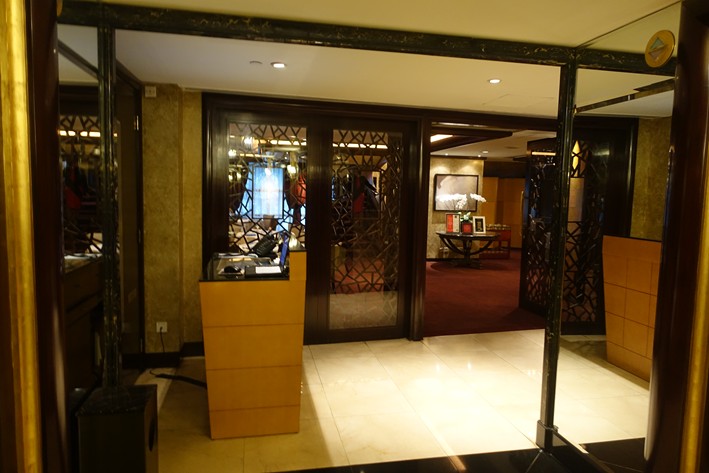


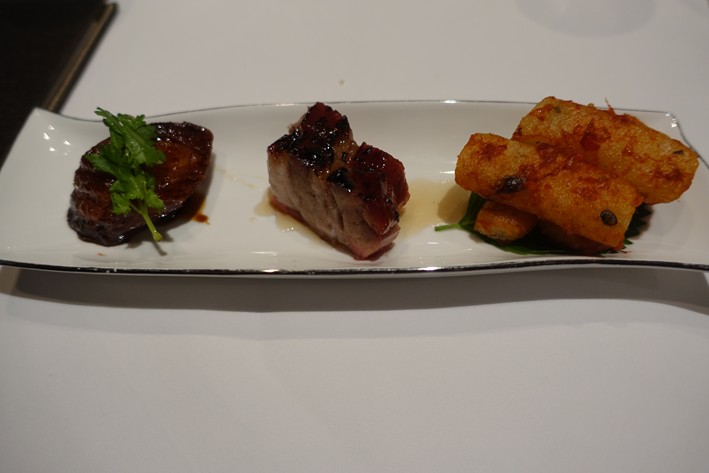
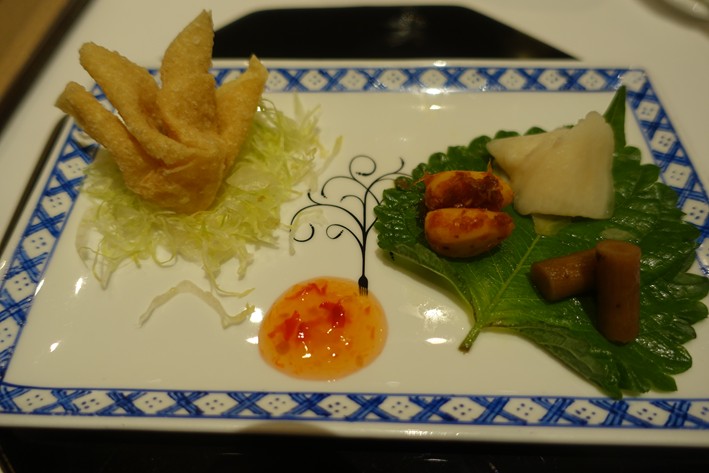
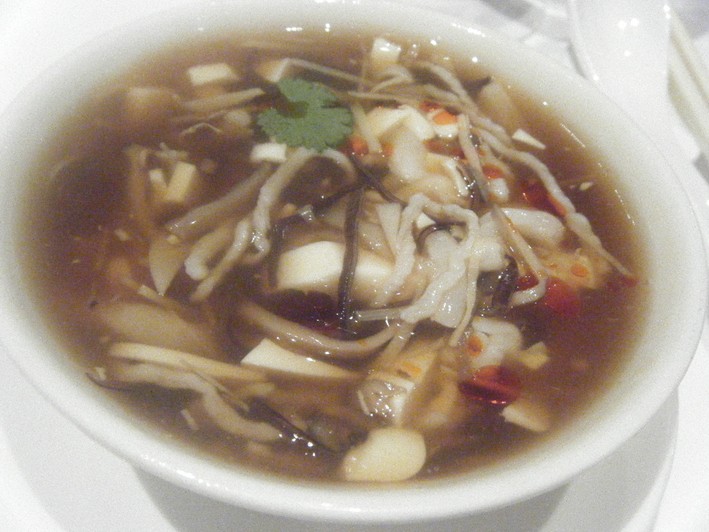
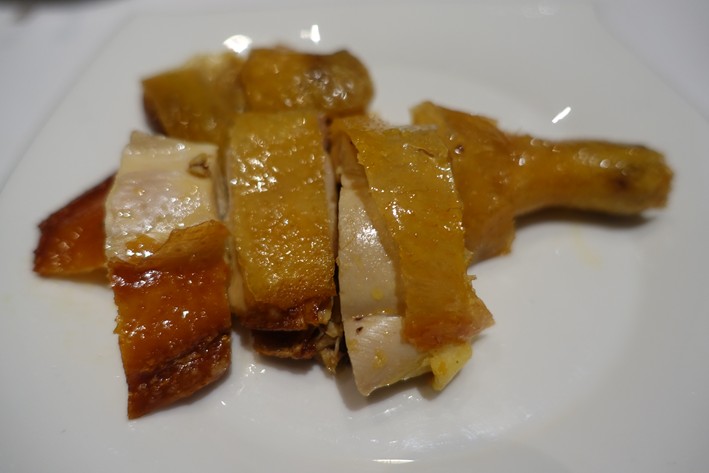
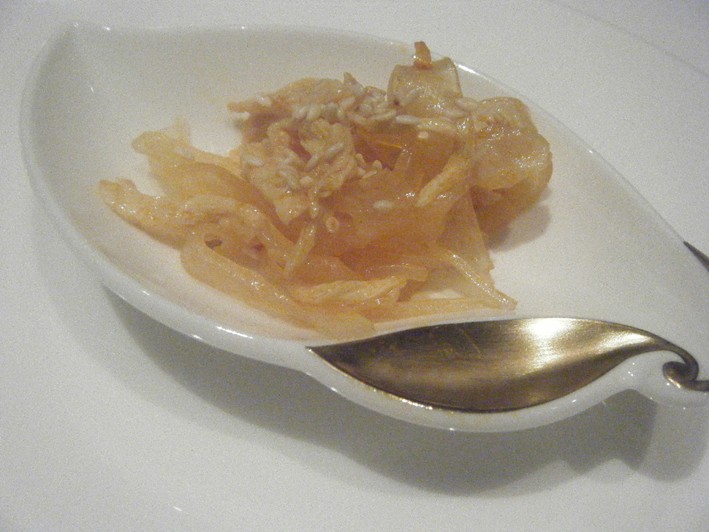
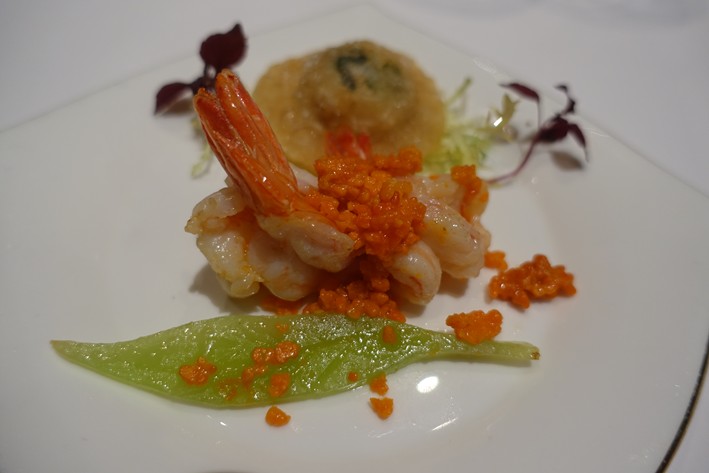
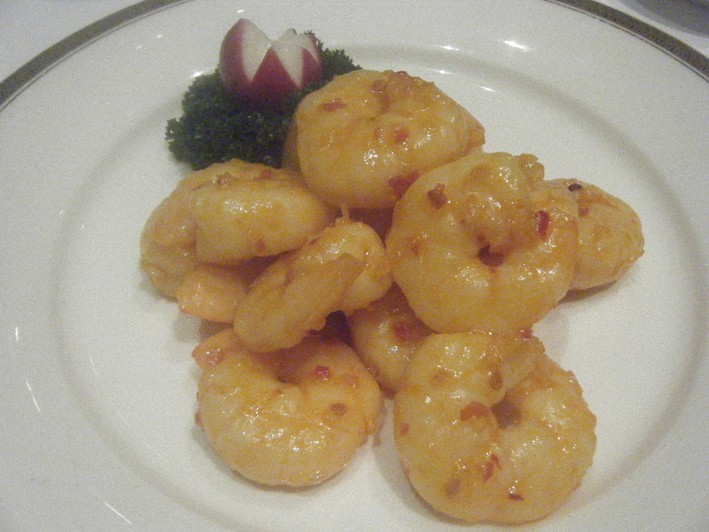

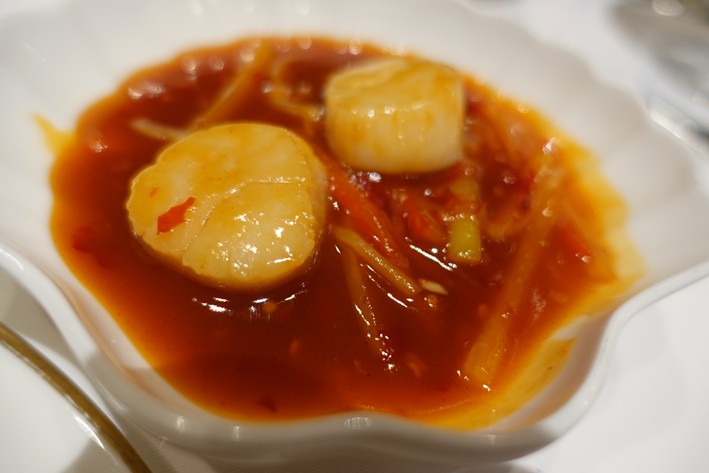
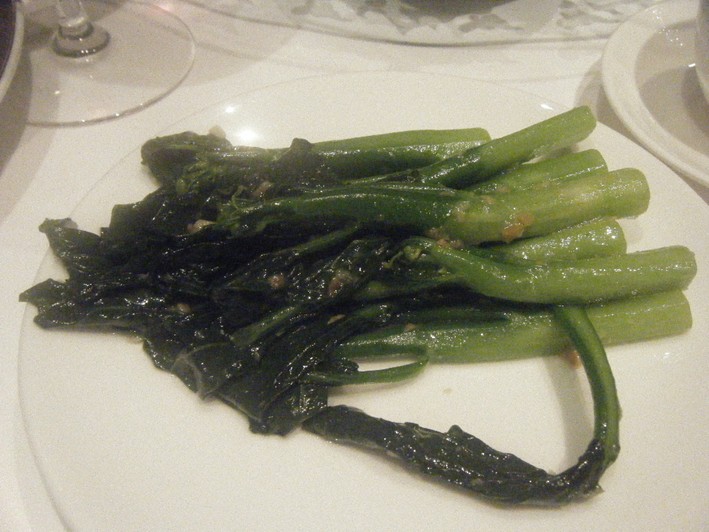

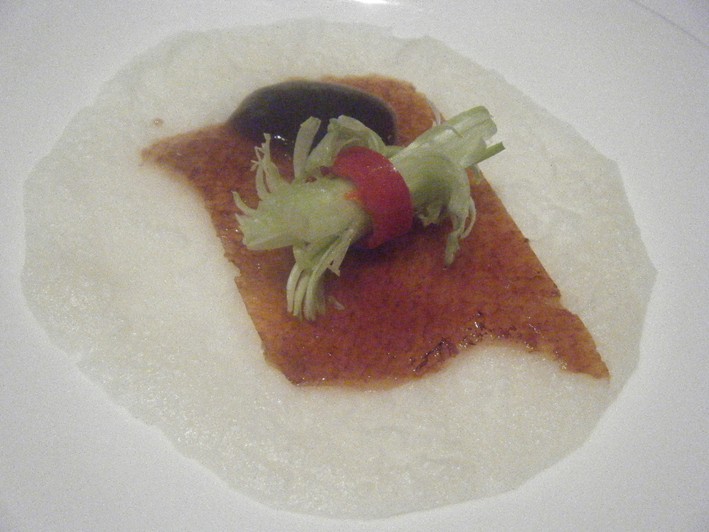

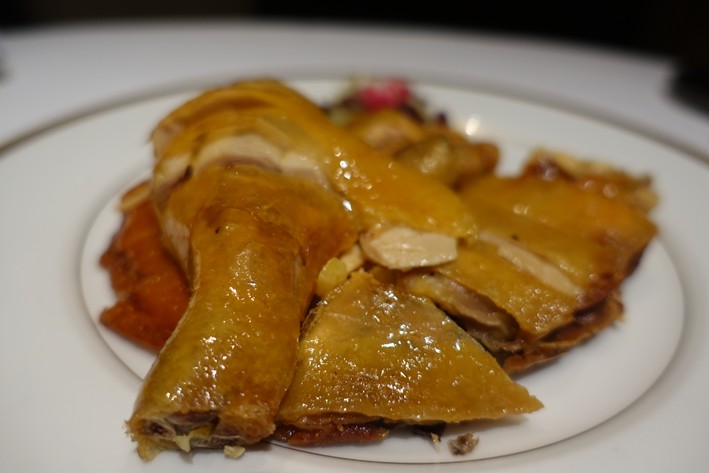


Add a comment
Thank you for submitting your comment, this will be checked and added to the website very soon.
User comments